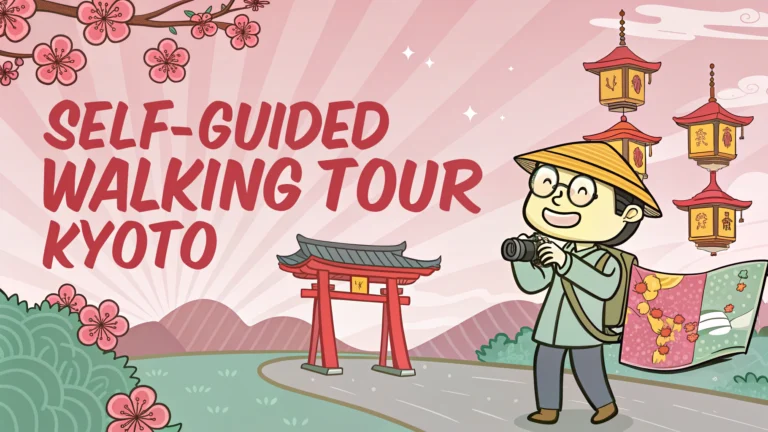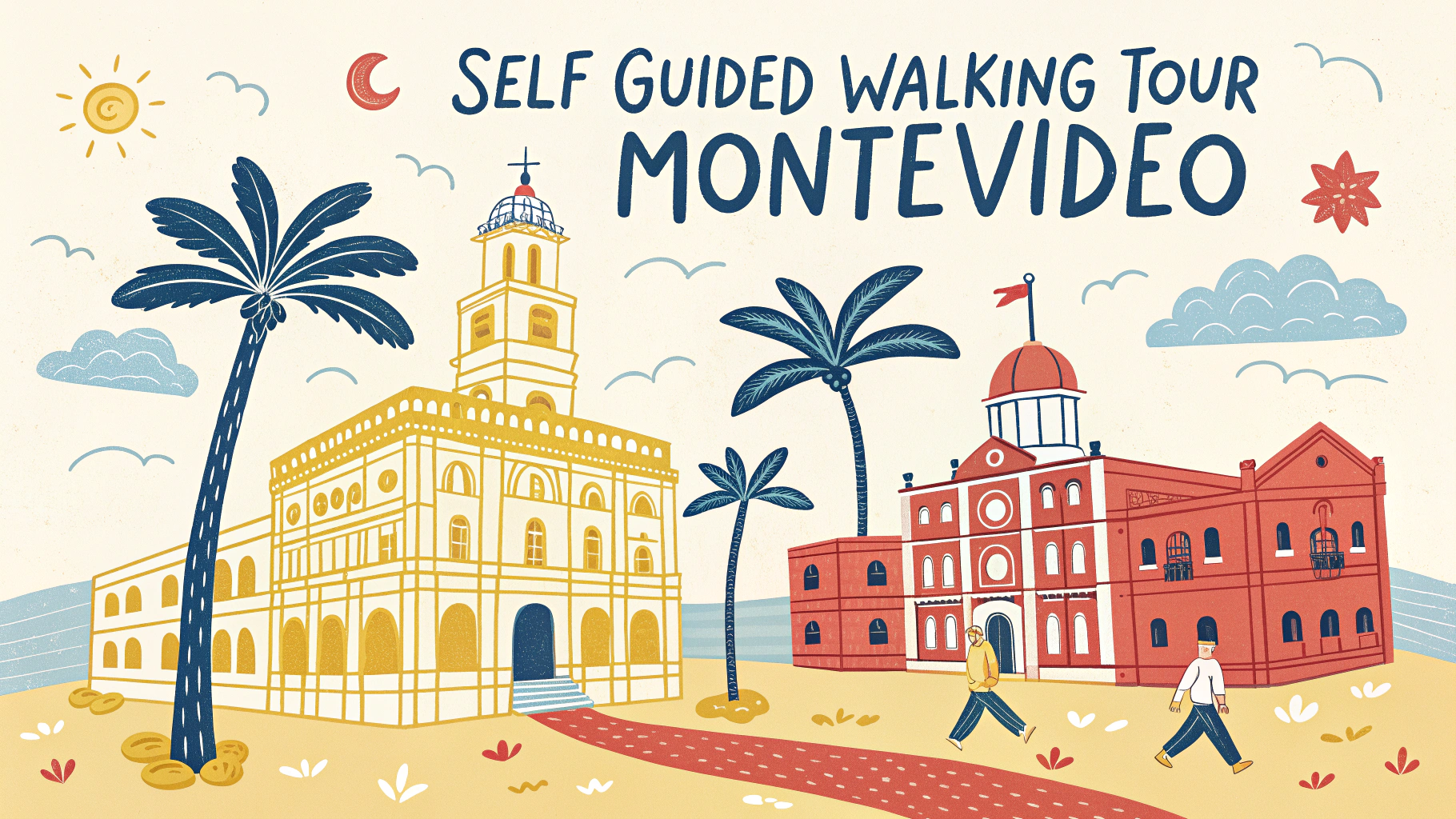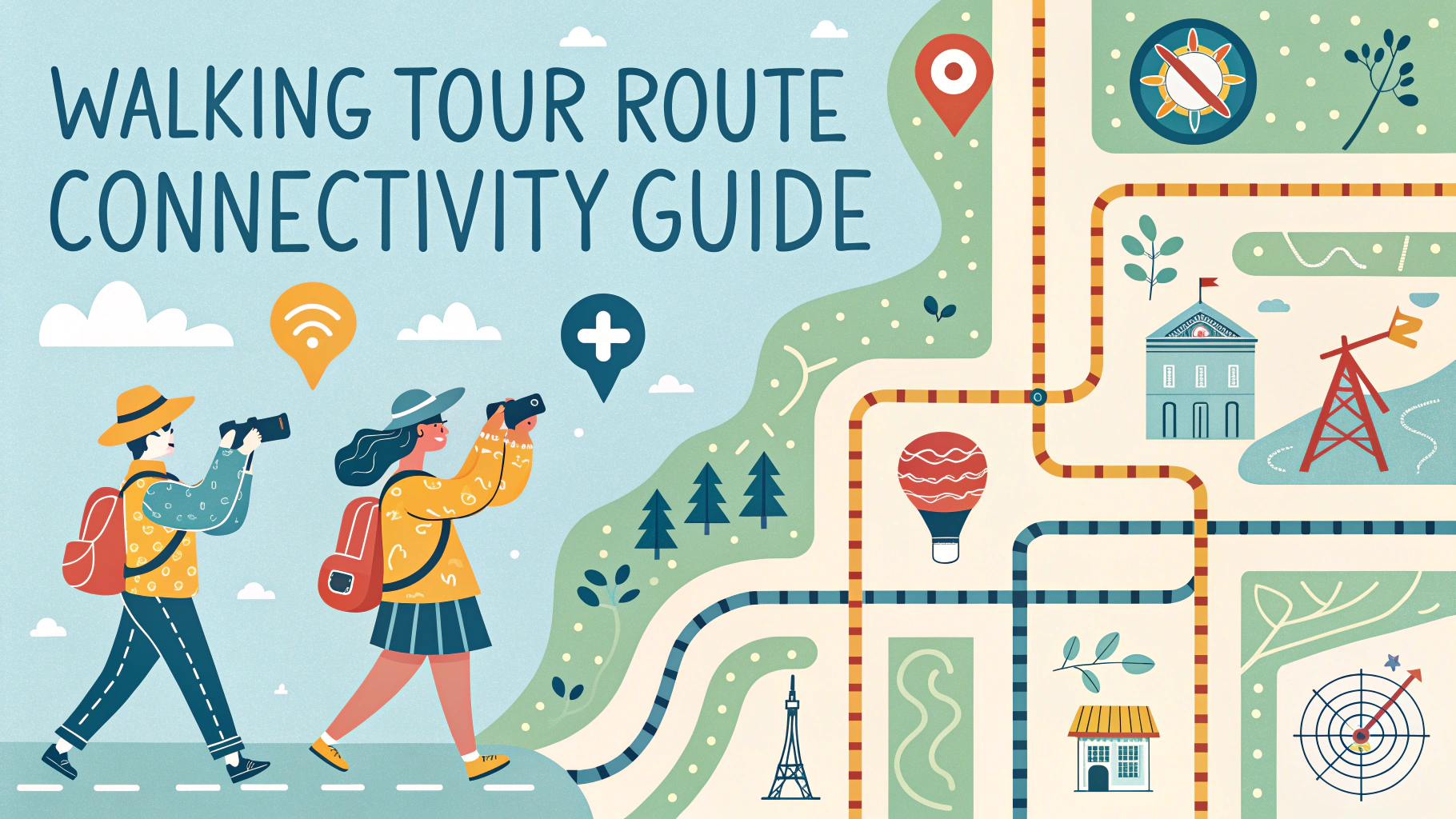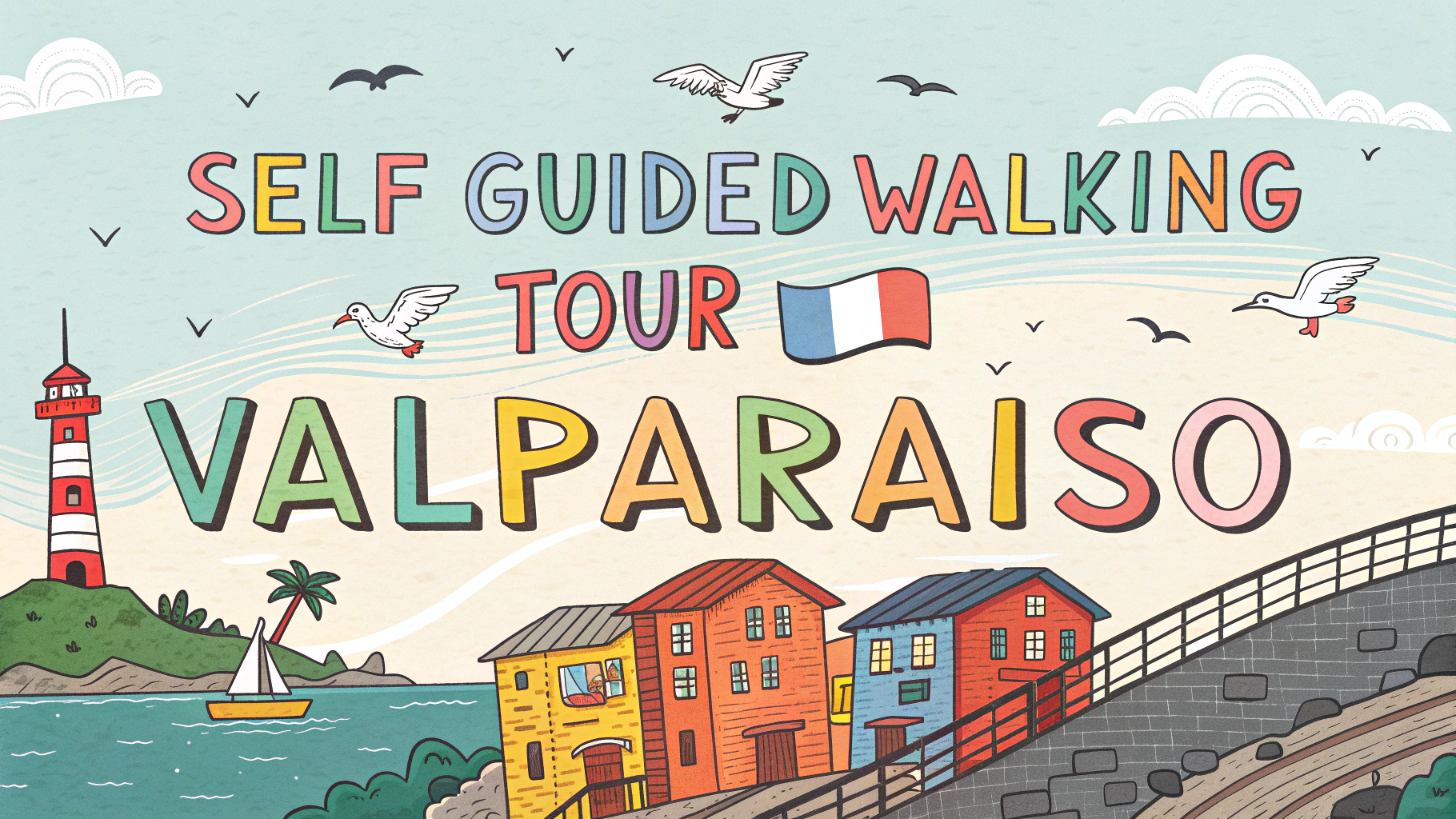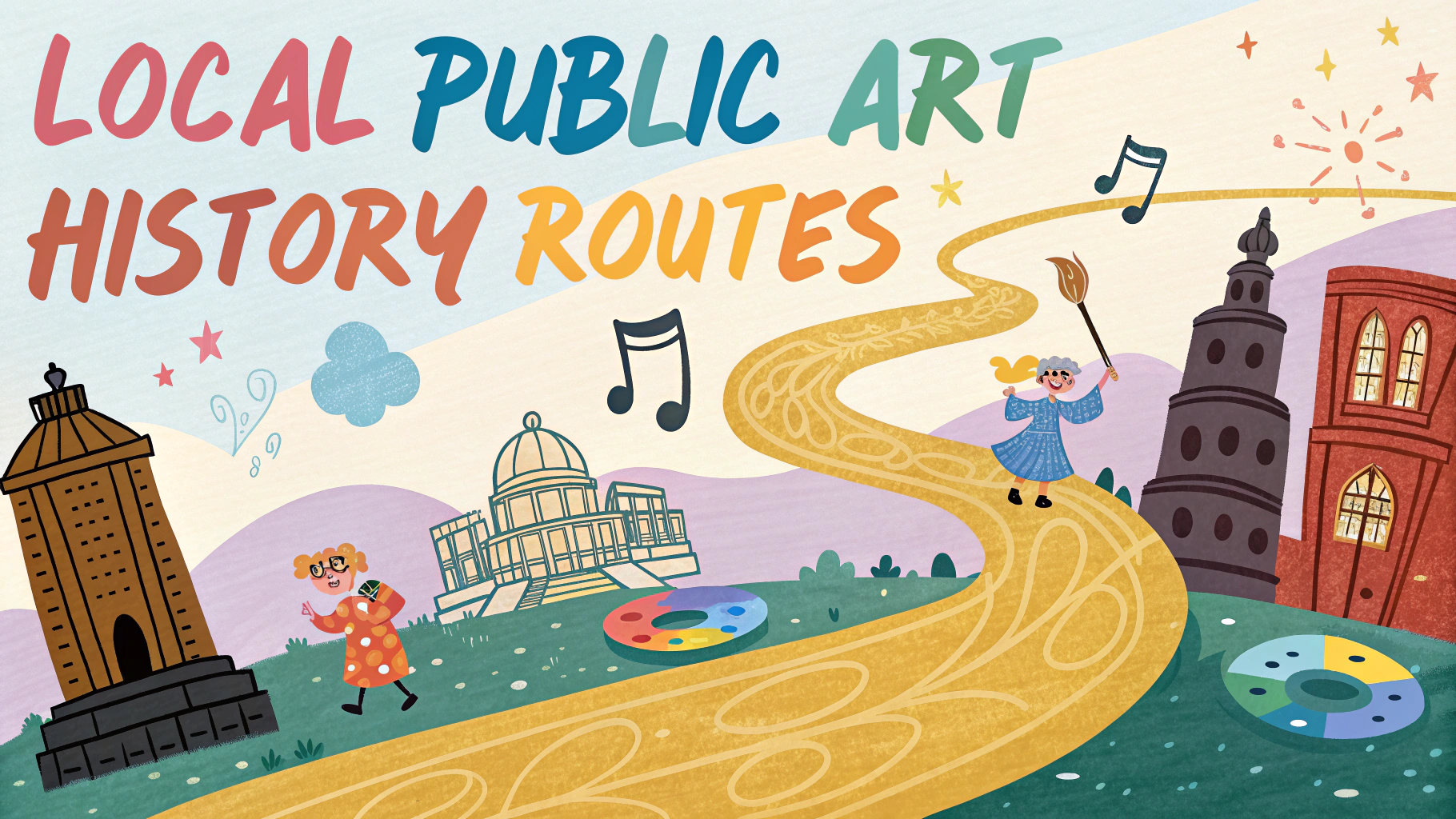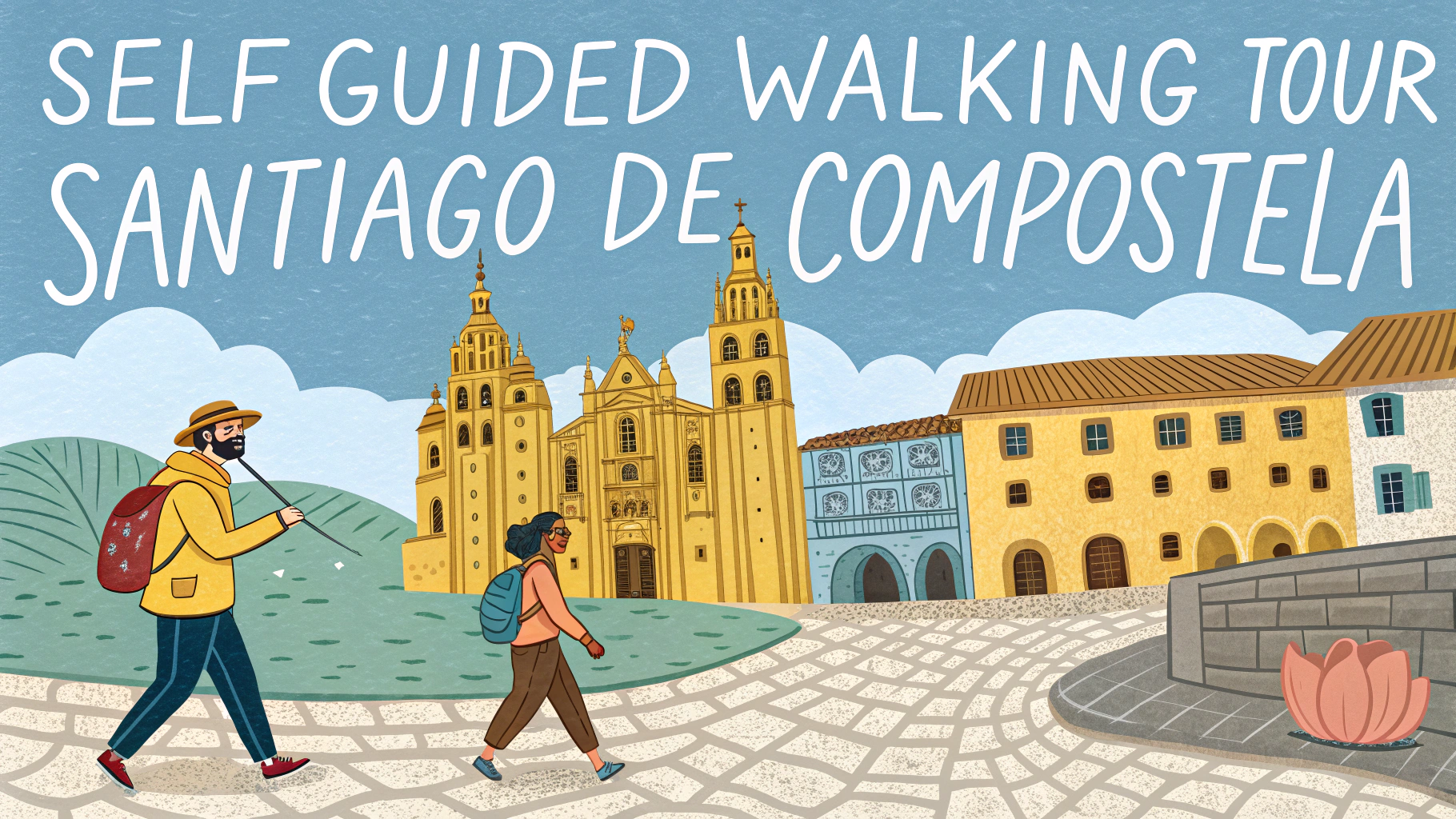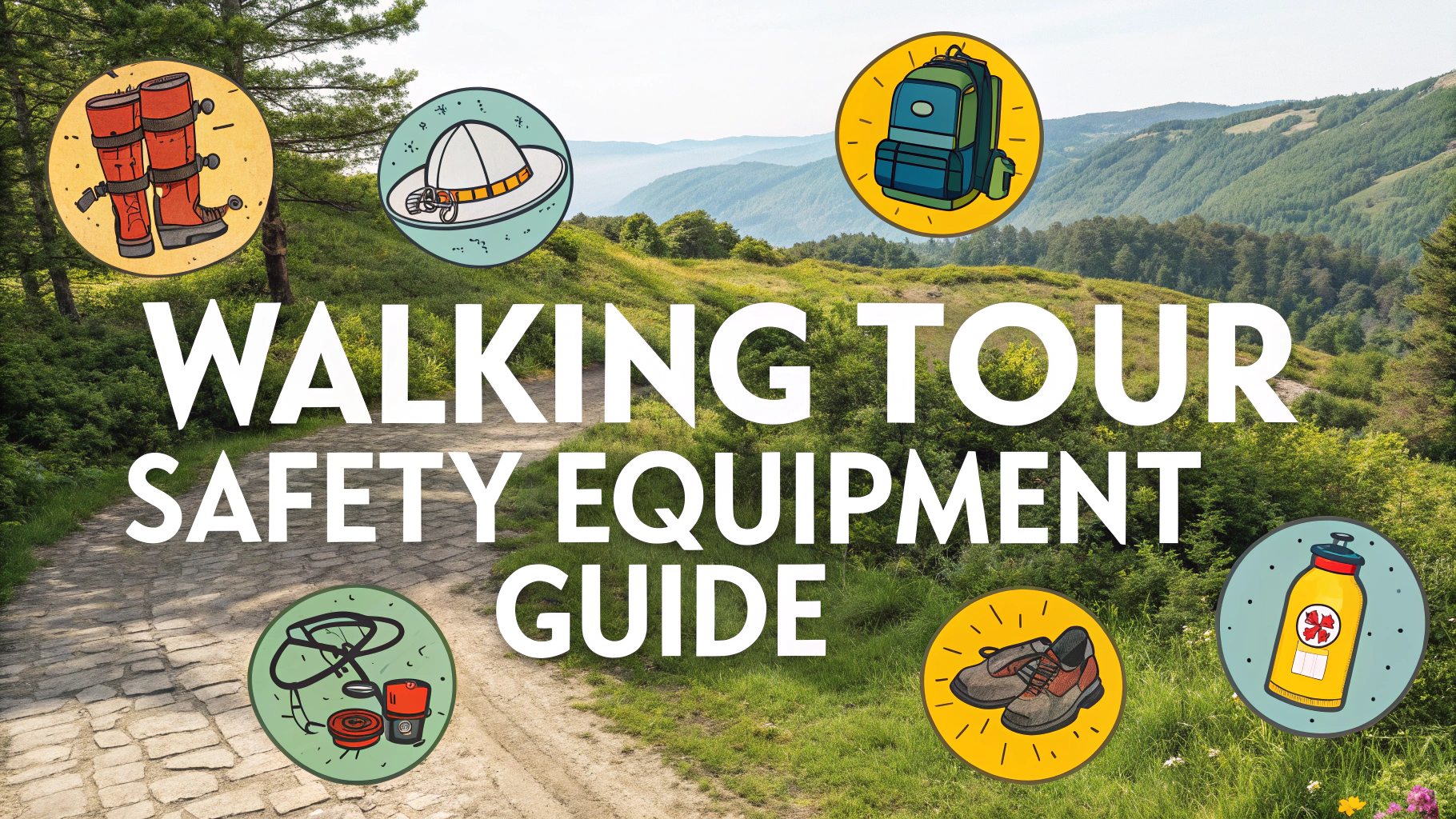Kyoto’s rich cultural heritage comes alive through this self-guided walking tour, designed to help you discover the city’s most captivating spots at your own pace.
Essential Planning Tips
Download offline maps using Google Maps or Maps.me before starting your walk.
Start early in the morning (around 8 AM) to avoid crowds and afternoon heat.
Wear comfortable walking shoes and bring a water bottle, as you’ll cover significant ground.
Recommended Route
- Starting Point: Kiyomizu-dera Temple (Opens 6:00 AM)
- Mid-Point: Ninen-zaka and Sannen-zaka (Historic Streets)
- Next Stop: Maruyama Park
- Follow to: Yasaka Shrine
- Continue through: Gion District
- End Point: Nishiki Market
Time Requirements
| Route Section | Walking Time |
|---|---|
| Kiyomizu-dera to Ninen-zaka | 15 minutes |
| Historic Streets Exploration | 45 minutes |
| To Maruyama Park | 20 minutes |
| Park to Gion | 10 minutes |
| Gion to Nishiki Market | 15 minutes |
Key Highlights
Kiyomizu-dera Temple
This UNESCO World Heritage site offers panoramic views of Kyoto and features the famous wooden stage extending from its main hall.
Ninen-zaka and Sannen-zaka
These preserved historic streets showcase traditional Japanese architecture and host numerous tea houses and local craft shops.
Gion District
Walk through Kyoto’s famous geisha district, particularly along Hanami-koji Street, to spot traditional machiya houses and possibly glimpse geiko (geisha) or maiko (apprentice geisha).
Practical Tips
- Purchase a one-day bus pass (¥600) for backup transportation
- Bring cash as many smaller shops don’t accept cards
- Pack a light umbrella as Kyoto weather can be unpredictable
- Consider visiting temples first, as they often close by 5:00 PM
Photography Spots
- Kiyomizu-dera wooden stage (early morning for best lighting)
- Yasaka Pagoda from Sannen-zaka
- Shirakawa Canal in Gion (especially beautiful during cherry blossom season)
Food Stops
Stop at Nishiki Market (known as “Kyoto’s Kitchen”) for local delicacies and street food.
Try yatsuhashi (cinnamon mochi) from one of the many sweet shops along Ninen-zaka.
Emergency Information
- Police: 110
- Ambulance: 119
- Tourist Information Center: +81-75-343-0548
Save these contact numbers in your phone before starting the tour.
Cultural Etiquette
- Remove shoes when entering temples and traditional establishments
- Avoid taking photos of geiko/maiko without permission
- Keep voices low near religious sites
- Walk on the left side of streets and pathways
Seasonal Considerations
Spring (March-May)
Book accommodations well in advance during cherry blossom season. Consider early morning starts to avoid peak crowds.
Summer (June-August)
Bring sun protection and start early to avoid humidity. Take advantage of air-conditioned rest stops.
Autumn (September-November)
Perfect walking weather. Popular for fall foliage viewing, especially around temples.
Winter (December-February)
Dress in layers and check temple closing times as they may be earlier.
Alternative Routes
For a shorter walk, start at Yasaka Shrine and focus on the Gion District and Nishiki Market area.
Accessibility Notes
- Some historic streets have stairs and uneven surfaces
- Main temples have wheelchair access routes
- Rest stops available every 15-20 minutes along the route
Conclusion
This self-guided tour offers an immersive experience of Kyoto’s cultural heritage, combining major landmarks with hidden gems. The route is flexible and can be modified based on your interests and energy levels. Remember to respect local customs and take time to absorb the unique atmosphere of each location.
Consider returning to your favorite spots at different times of day to experience them in various lights and moods. This walking tour serves as an excellent introduction to Kyoto’s historical district and can be the foundation for further exploration of this culturally rich city.
FAQs
- What are the best times of year for a self-guided walking tour in Kyoto?
Spring (March-May) for cherry blossoms and fall (October-November) for autumn colors are ideal. Avoid July-August due to intense heat and humidity, and early June for the rainy season. - Which neighborhoods in Kyoto are most suitable for walking tours?
Higashiyama, Gion, Arashiyama, and Southern Higashiyama are the most walkable districts, featuring preserved historic streets, temples, and traditional architecture. - How long should I plan for a comprehensive walking tour of Kyoto?
A minimum of 2-3 days is recommended to cover the main districts. Major sites like Kiyomizu-dera to Gion can be covered in 4-5 hours per walking route. - Do I need to book temple visits in advance for a self-guided tour?
Most temples don’t require advance booking, except for Saiho-ji (moss temple) and imperial properties. Popular sites may have queues during peak seasons. - What’s the best way to navigate Kyoto’s streets while walking?
Use offline maps like Google Maps or Maps.me, look for the brown tourist signs in English/Japanese, and pick up a free map from Kyoto Tourist Information Center. - Are walking tours in Kyoto accessible for people with mobility issues?
Many main streets are flat and well-maintained, but historic areas often have steps, inclines, and stone pavements. Some temples require shoe removal and climbing stairs. - What should I bring for a walking tour in Kyoto?
Comfortable walking shoes, water bottle, light rain gear, cash for temple entries, portable charger, and appropriate clothing for temple visits (covering shoulders and knees). - Is it safe to do self-guided walking tours in Kyoto at night?
Kyoto is generally very safe at night. Areas like Gion and Pontocho are well-lit and popular for evening walks, especially for viewing illuminated temples and streets. - How much do temple entries cost on average?
Most temples charge between 300-600 yen for entry. Major temples like Kinkaku-ji (Golden Pavilion) cost around 400 yen, while some smaller shrines are free. - Should I combine walking with public transportation?
Yes, use buses and trains for longer distances between walking areas. A one-day bus pass (500 yen) is economical for reaching different walking tour starting points.
